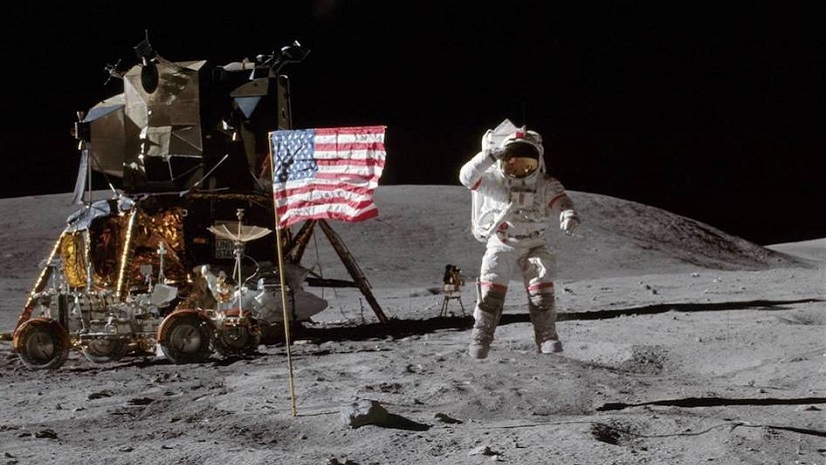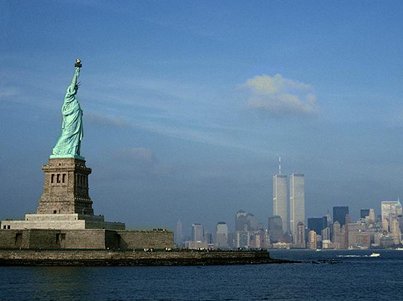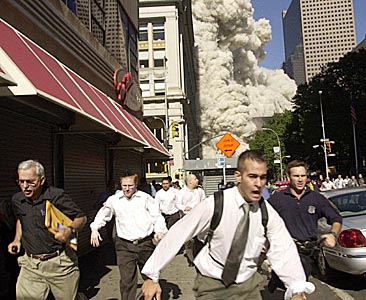On July 20, 1969, I was a 19-year-old student at the University of Tennessee and an Air Force ROTC cadet, just a few weeks away from beginning my junior year and being sworn into the Air Force. I hoped, under the relaxed Vietnam-era vision requirements, to qualify for flight training; becoming a pilot had been my dream since a very early age (that dream was later shattered when I failed the eye exam by a hair).
I grew up during the dawn of space exploration. I remember Sputnik in 1957 and Explorer in 1958. I remember Laika the dog and Yuri Gagarin. I remember Alan Shephard’s flight in Freedom 7. I followed the Mercury and Gemini and Apollo programs closely, and with a combination of wonder, excitement, and anticipation.
You see, I was also an avid science fiction fan and had by 1969 read every SF book I could get my hands on. Larry Niven, Jerry Pournell, Poul Andersen, Andre Norton, Isaac Asimov… but especially Heinlein. All the Heinlein.
Red Planet and The Menace from Earth in particular had made strong impressions on me at an early age, especially the latter. In it, Heinlein posited lunar colonists filling a huge underground cavern with air. In that cavern, they could strap on wings and fly like birds in the 1/6th gravity. I dreamed of being able to do that someday, and every step forward in space exploration brought that dream a little closer.
So needless to say, I was glued to the TV on July 20, 1969. My heart raced at every critical moment before the touchdown and leaped with joy when Neil Armstrong set foot on the surface and declared, “That’s one small step for man, one giant leap for mankind.” Yes! From that moment on, humans would no longer be confined to Earth!
I was convinced that in the future—the relatively near future—there would be permanent colonies on the moon, large Earth-orbiting space stations to serve as way-stations and perhaps tourist destinations, and trips to Mars. Surely all this would happen within 30 years. After all, look how far we’d come in just over a decade since those first small satellites were launched! Later, there’d be asteroid mining, perhaps terraforming of Mars, and who knows what other wonders.
These weren’t just the idle dreams of a starry-eyed teen. Jack Fowler quoted from the August 26, 1969 issue of National Review:
Critics of the space program are jumping all over Vice President Agnew and others who have urged a go-ahead for ambitious space ventures in the Seventies and Eighties. The attacks take a familiar line: We cannot afford more space extravaganzas while there are pressing needs to be met here on earth.
But NASA’s plans for the next two decades—contingent, of course, on the necessary funding—are much less extravagant than they are awe-inspiring. They fall, as Aviation Week & Space Technology has pointed out, “into four major categories:
“Earth orbital space stations of large, eighty- to one hundred-man capacity . . . supplied by maneuverable, reusable space shuttles.
“Lunar exploration and establishment of permanent scientific bases on the moon.
“Manned exploration of Mars with a 1981 launch target date for a 24-month mission by two six-man crews in tandem spacecraft using nuclear power. . . .
“Unmanned exploration of the far planets in the solar system. . . .”
Thomas O. Paine, NASA administrator, has assured President Nixon that all these plans are feasible if the government will commit annually 0.5 to 1 per cent of the Gross National Product. This spending rate is no higher than the rate for the Sixties. NASA’s budget reached a record high of 0.9 percent of the GNP in 1966 and is now hovering just below 0.5 per cent.
With the frontier of space and its unlimited potential ahead made suddenly accessible by Apollo 11, it is hard to believe the nation will permit the liberal wailers to force it back into its earth-bound shell.
And yet, the nation did. Oh, sure, the shuttle came along, and the ISS. But we remained confined to Earth orbit, if not strictly to Earth. No moving forward, building on the Apollo missions.
* * * * *
My joy at the triumph of Apollo 11 wasn’t just national (or species) pride. I was excited for selfish reasons. I wanted to go to the moon, or at least to some giant circular space station, rotating to provide artificial gravity. And it looked on that day as if that would become possible well before I became an old man.
Fifty years later, I’m an old man. And none of what I’d hoped for has happened. Barring some major gerontological breakthroughs, I’ll never have the opportunity in the years I have left to “break the bounds of planet Earth.”
So although the Apollo 11 mission was a stirring success and a marvelous technological achievement, and I have great admiration for all the men and women who made it possible, to me the Apollo program turned out to be a failure, a sad false start, and a personal disappointment.
I should have known better. Already a libertarian at that age (although I didn’t know the word at the time), I should have known that truly successful exploration and colonization of space would depend not on a government bureaucracy, but on entrepreneurs driven to achieve great things, leave their mark on history, and make a profit. I should have known, because Heinlein predicted exactly that in The Man Who Sold the Moon.
It looks like, thanks to billionaire investors like Elon Musk, Paul Allen, Richard Branson, and others, along with the end of legal restrictions on such private activities, the Heinlein vision is finally starting to be fulfilled.
If only it hadn’t taken most of my lifetime…
* * * * * * * * *






 Happy Thanksgiving! I hope you’re enjoying this day with family and/or friends and thinking about all you have to be thankful for. It may not occur to you, but you should spend a moment being thankful for property rights. That’s the point of a decade-old post of mine about
Happy Thanksgiving! I hope you’re enjoying this day with family and/or friends and thinking about all you have to be thankful for. It may not occur to you, but you should spend a moment being thankful for property rights. That’s the point of a decade-old post of mine about 









